Titanium Parts For Medical
Wstitanium is a company that specializes in manufacturing titanium bicycle parts.
- ISO 9001:2016 Certified
- ISO 13485:2015 Certified
- 24/7 Engineering Support
- Full Size Quality Inspection Report
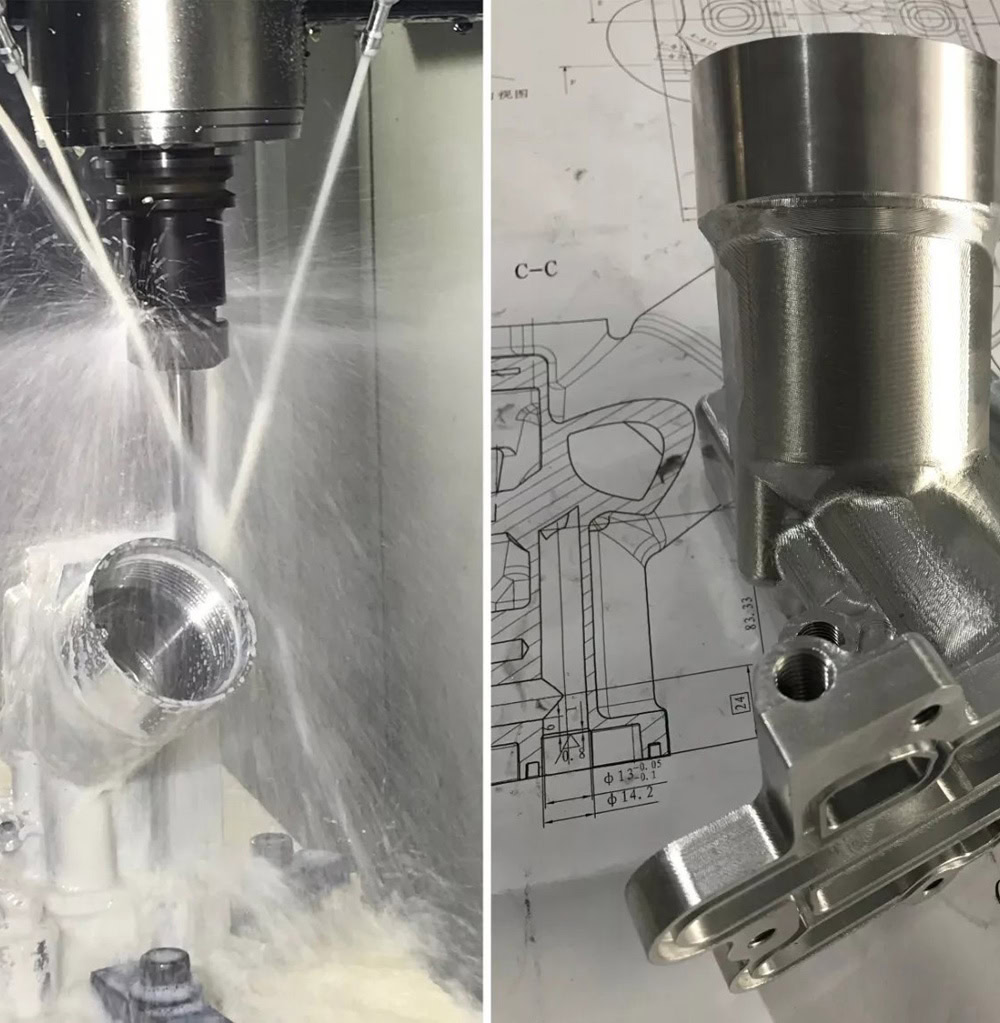
CNC Machining Medical Titanium parts
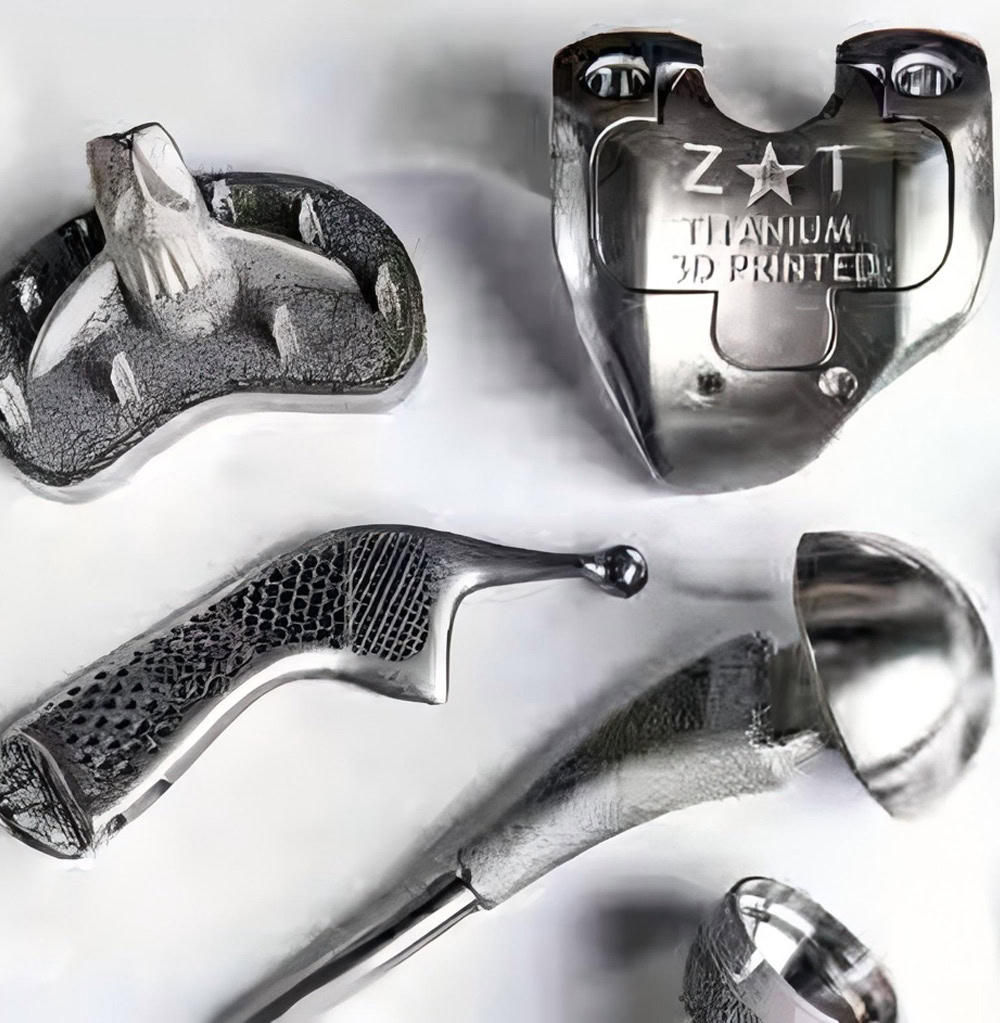
3D Printing Medical Titanium parts
Medical Titanium Parts Manufacturer
Titanium plays an indispensable role in the manufacture of medical parts due to its excellent properties, such as high strength, low density, good biocompatibility, corrosion resistance, etc. From artificial joints to dental implants, from surgical instruments to cardiovascular stents, titanium medical parts are widely used in various medical sub-segments.As a titanium medical parts manufacturer, Wstitanium is committed to providing high-quality, high-performance titanium medical parts to the global medical market.
Popular Medical Titanium Materials
Different grades of titanium have unique performance characteristics due to differences in their chemical composition and microstructure. Wstitanium is well aware of the key impact of different grades of performance on medical parts and has strong performance optimization and customization capabilities. We precisely control various performance indicators of titanium, such as strength, hardness, toughness, elastic modulus, etc., to provide you with the most suitable titanium medical parts material solutions. The following are common titanium grades used in medical applications.
Ti - 6Al - 4V
Ti-6Al-4V (TC4) is one of the most popular α+β titanium alloys, containing 6% aluminum (Al) and 4% vanadium (V). The addition of aluminum can improve the strength and thermal stability of the alloy, while vanadium helps to improve the processing performance and toughness of the alloy. It is widely used in the manufacture of artificial joints, such as hip joints, knee joints, shoulder joints, etc. In addition, it is also used to manufacture some surgical instruments, such as bone plates and screws for orthopedic surgery, as well as medical devices such as cardiovascular stents.
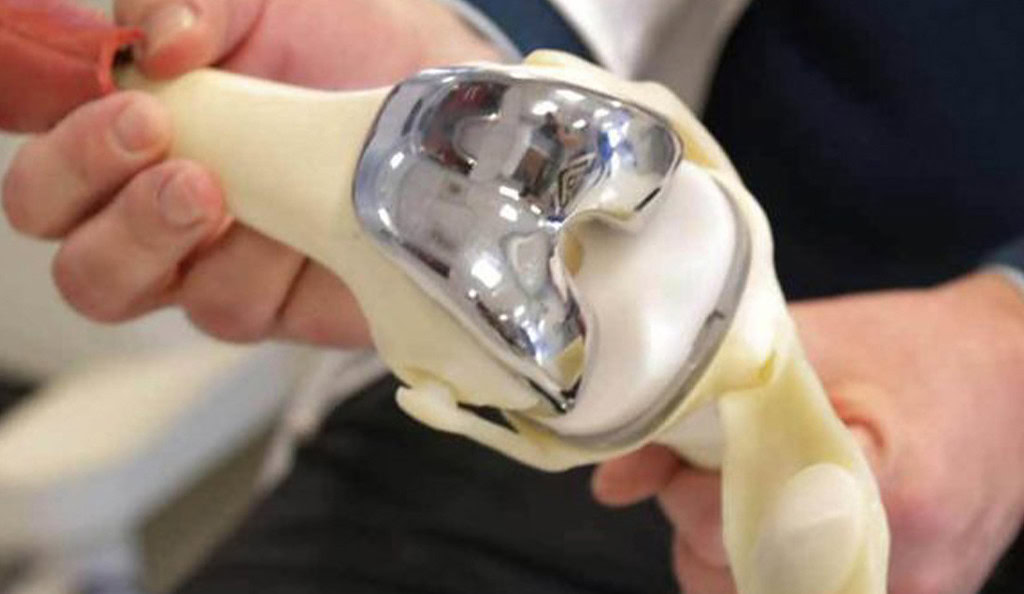
Ti - 6Al - 7Nb
Ti – 6Al – 7Nb is a vanadium-free α+β titanium alloy containing 6% aluminum and 7% niobium (Nb). Its notable feature is that it does not contain vanadium, which may be potentially harmful to the human body. It is often used to manufacture implants with higher requirements for biosafety, such as dental implants, spinal implants, etc.
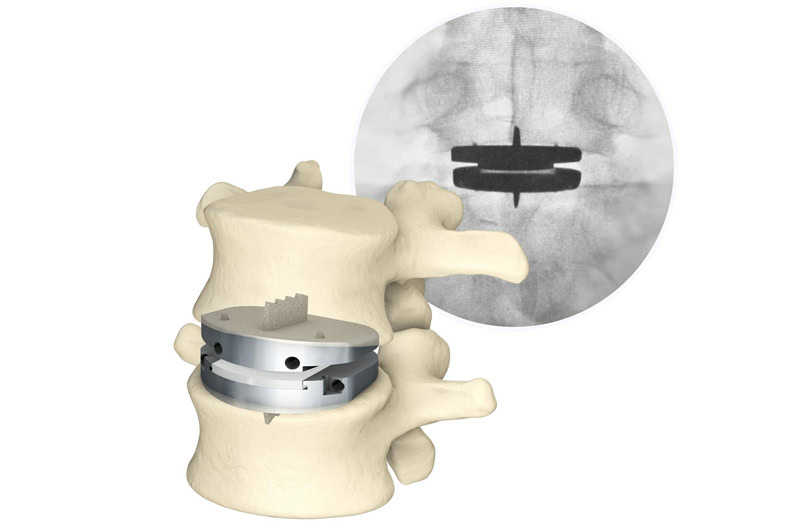
Ti - 13Nb - 13Zr
Ti-13Nb-13Zr is a typical β-type titanium alloy containing 13% niobium (Nb) and 13% zirconium (Zr). Both niobium and zirconium are elements with good biocompatibility. Ti-13Nb-13Zr has an elastic modulus closer to that of human bones. This property can effectively reduce the stress shielding effect between implants and surrounding bone tissues, and reduce the risk of bone resorption and implant loosening. It is often used to manufacture dental implants and orthopedic implants that require high mechanical properties and biocompatibility.
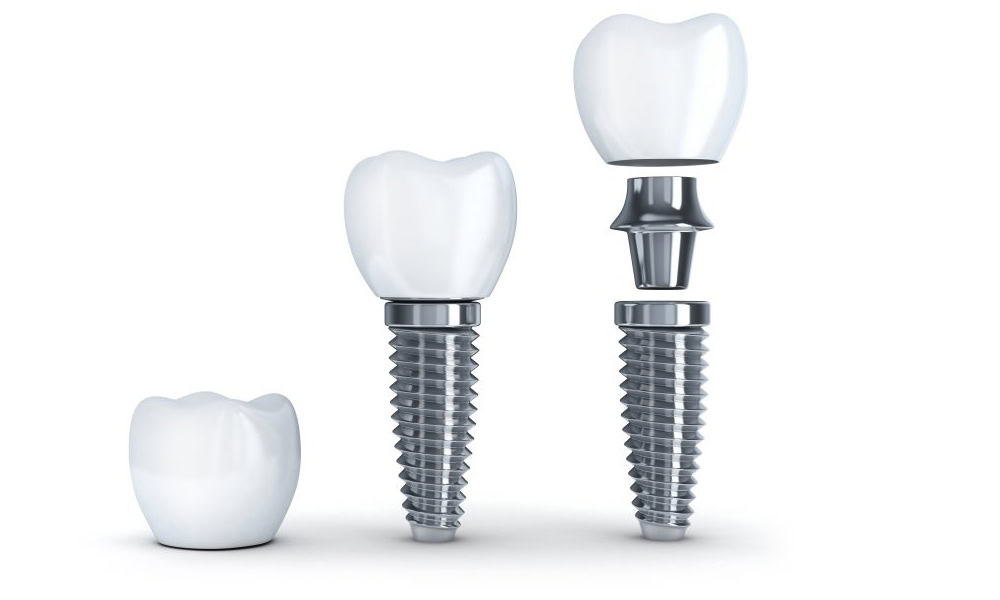
TA1/TA2
TA1/TA2 is a grade of pure titanium, with a titanium content of no less than 99.5%. It is widely used in bone screw manufacturing and can meet the mechanical properties of general bone repair. Considering that the bones of children and adolescents are still in the growth and development stage, they have higher requirements for toughness, and TA1 and TA2 with higher purity can be given priority. For bone screws in some special parts, such as bone screws for skull repair, the plasticity and biocompatibility of the material are extremely high, and TA1 and TA2 may be better choices.
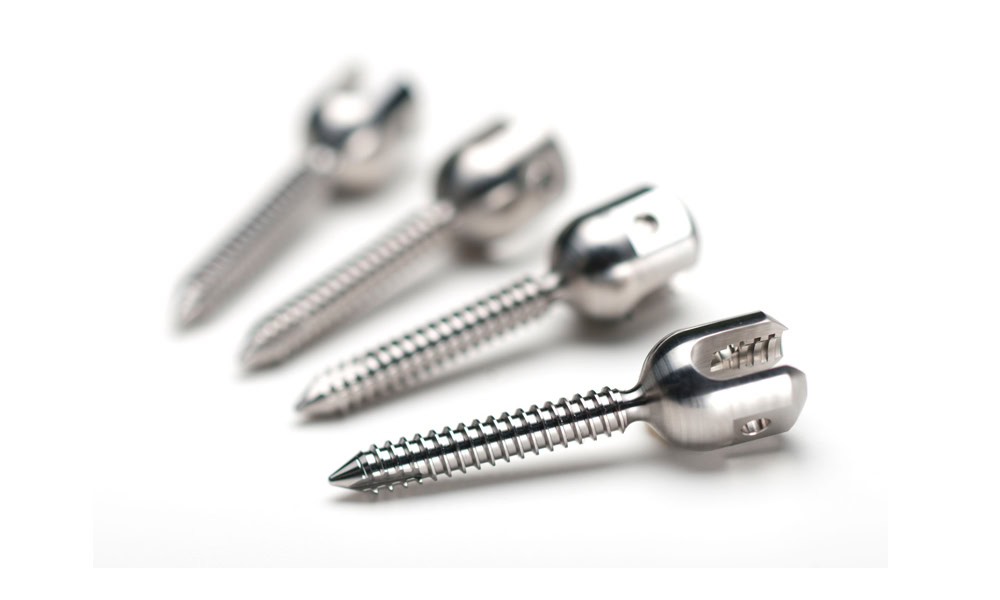
Manufacturing Titanium Medical Parts
Wstitanium has a complete and advanced titanium medical parts manufacturing system, covering casting, forging, CNC machining, additive manufacturing, powder metallurgy, metal injection molding, etc. In casting, advanced investment casting and vacuum arc furnace casting technology are used. In forging, Wstitanium has large-scale forging equipment and rich forging experience. It can produce high-strength and high-performance titanium alloy forgings through free forging and die forging, etc., to meet the strict requirements of medical parts for mechanical properties.
CNC Machining
Wstitanium’s 5-axis CNC machining center, CNC milling and turning complex machining center, etc. are suitable for manufacturing titanium medical parts with complex shapes, multiple surfaces and angles, such as complex parts of artificial joints. Carbide tools, ceramic tools, TiAlN coated tools and lower cutting speeds between 50-150m/min are selected. The feed rate is between 0.1-0.3mm/r. The cutting depth is between 0.5-2mm. This can ensure that the dimensional accuracy of titanium medical parts reaches ±0.01-±0.005mm, and its surface roughness Ra can reach 0.1-1.6μm.
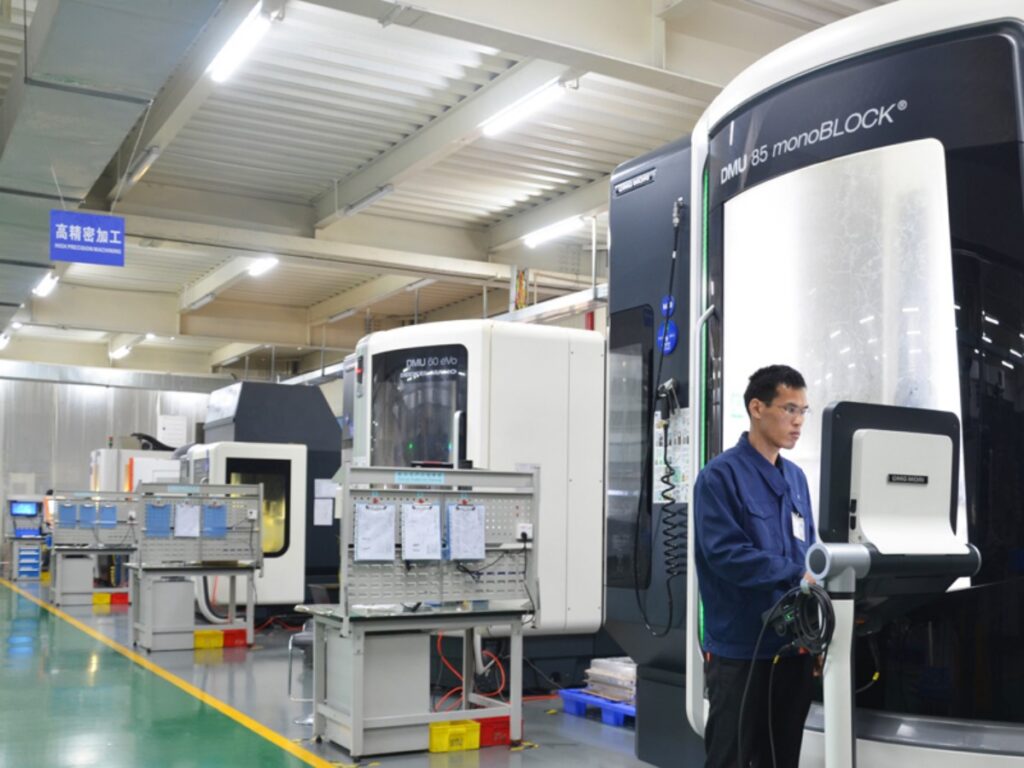
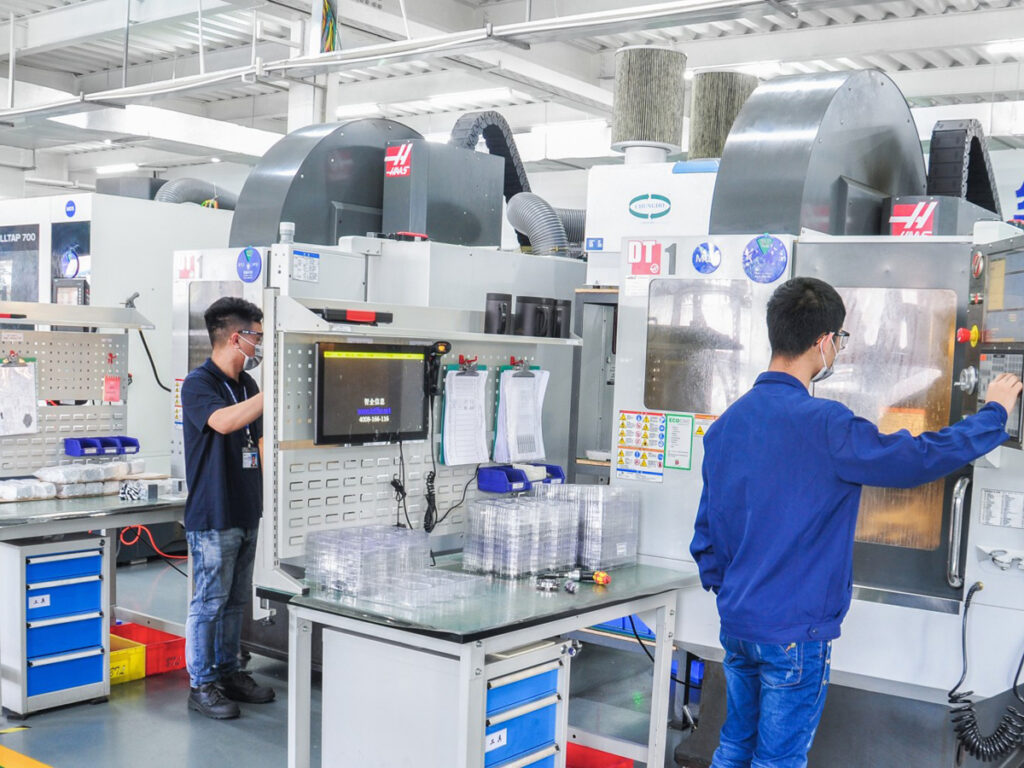
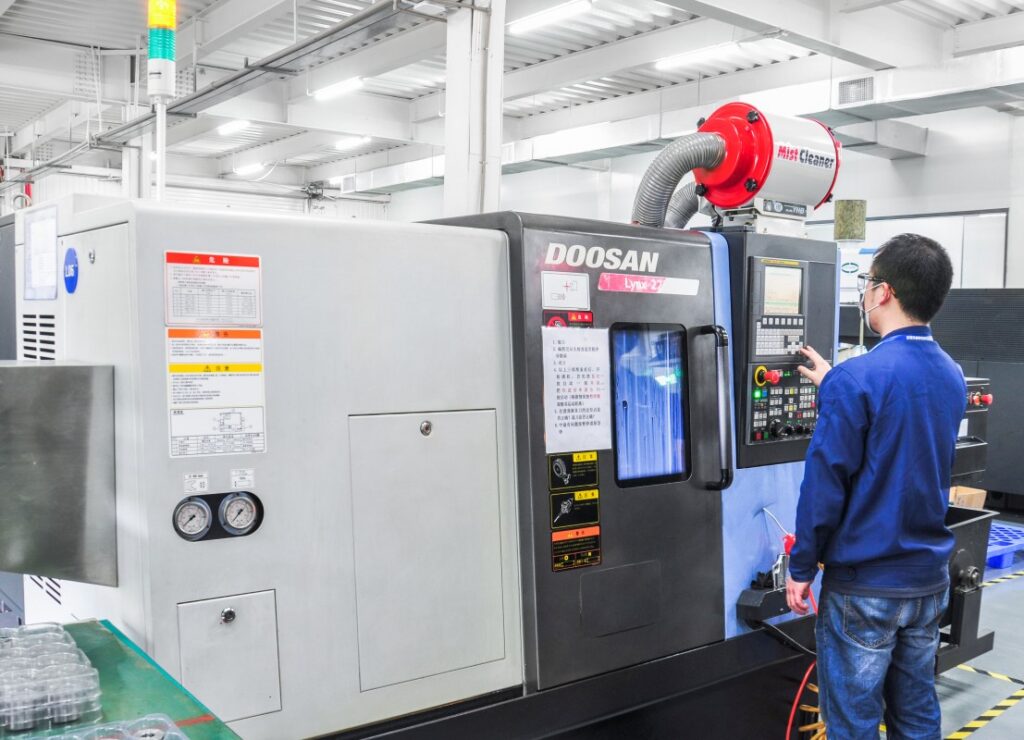
3D Printing
3D printing, also known as additive manufacturing, is a rapid prototyping technology that manufactures three-dimensional solid parts by adding materials layer by layer. 3D printing technology brings great freedom to the design of titanium medical parts, and can realize complex structures that are difficult to manufacture by traditional processing methods, such as porous structures and bionic structures.
At Wstitanium, the 3D printing technologies used for the manufacture of titanium medical parts mainly include laser selective melting (SLM) and electron beam melting (EBM). Spherical titanium powder with a particle size of 15-53μm is selected, which has high purity and low impurity content, and can ensure the quality and performance of printed parts. The SLM equipment is equipped with a high-power fiber laser with a power of 200-500W and a spot diameter of tens of microns. The size of the built part is 200-400mm. The EBM equipment is equipped with a high-voltage electron gun that can generate a high-energy electron beam, and its acceleration voltage is generally between 60-150kV. The vacuum degree can reach 10⁻³ – 10⁻⁵Pa, effectively ensuring the purity of the manufacturing environment.
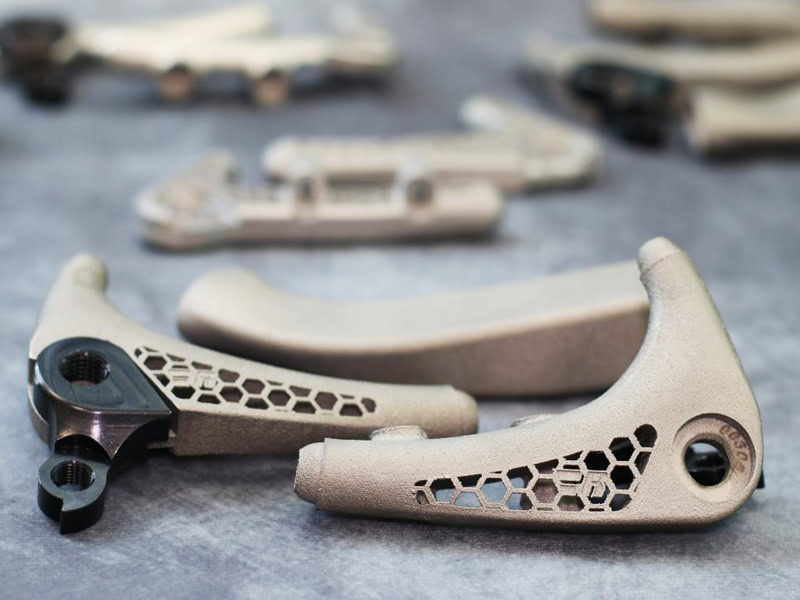
Powder Metallurgy
Powder metallurgy is a method of manufacturing medical parts using titanium powder as raw material through processes such as molding and sintering. At Wstitanium, titanium powder is first mixed evenly with an appropriate amount of additives (such as binders, lubricants, etc.), and then the mixed powder is pressed into a green body with a certain shape and size through a mold. The green body is sintered under certain temperature and pressure conditions to allow atomic diffusion and bonding between powder particles to form a dense titanium part.
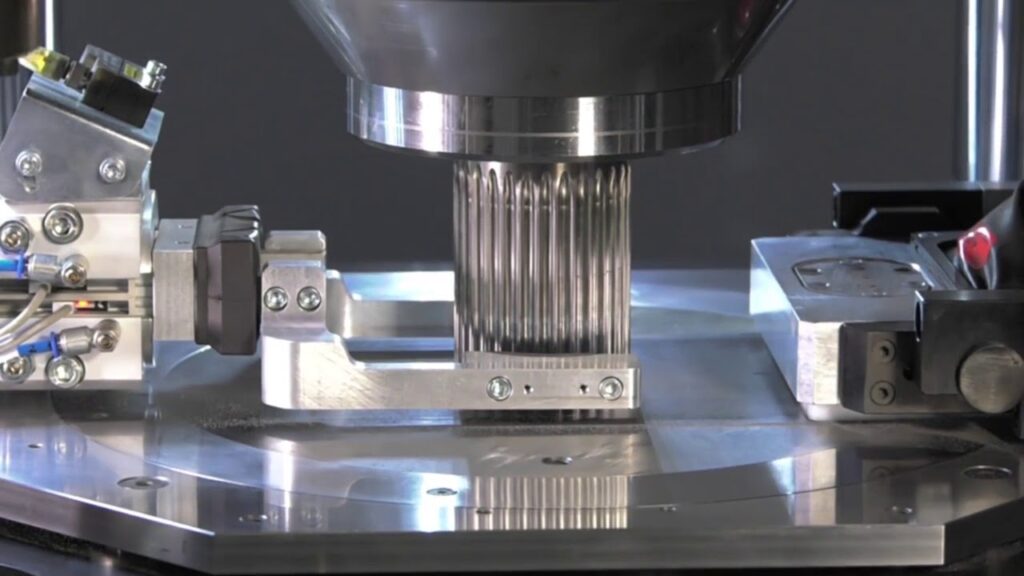
The sintering temperature is 1200-1400℃, and the sintering time is 1-5 hours depending on the size and shape of the part. The sintering atmosphere is usually vacuum or inert gas, such as argon, to prevent the green body from being oxidized during the sintering process.
Metal Injection Molding
MIM has high requirements for titanium powder. In addition to high purity and good particle size, the powder is also required to have good fluidity and filling properties. Wstitanium uses spherical titanium powder with a particle size between 5-20μm. This powder can form a uniform and stable injection feed under the action of the binder to ensure the smooth progress of the injection molding process. The binder system includes paraffin-based, polypropylene-based, polyethylene-based, etc. According to the specific process requirements and part performance requirements, the appropriate binder formula and ratio are selected. The density of parts manufactured by MIM can reach more than 95% of the theoretical density.
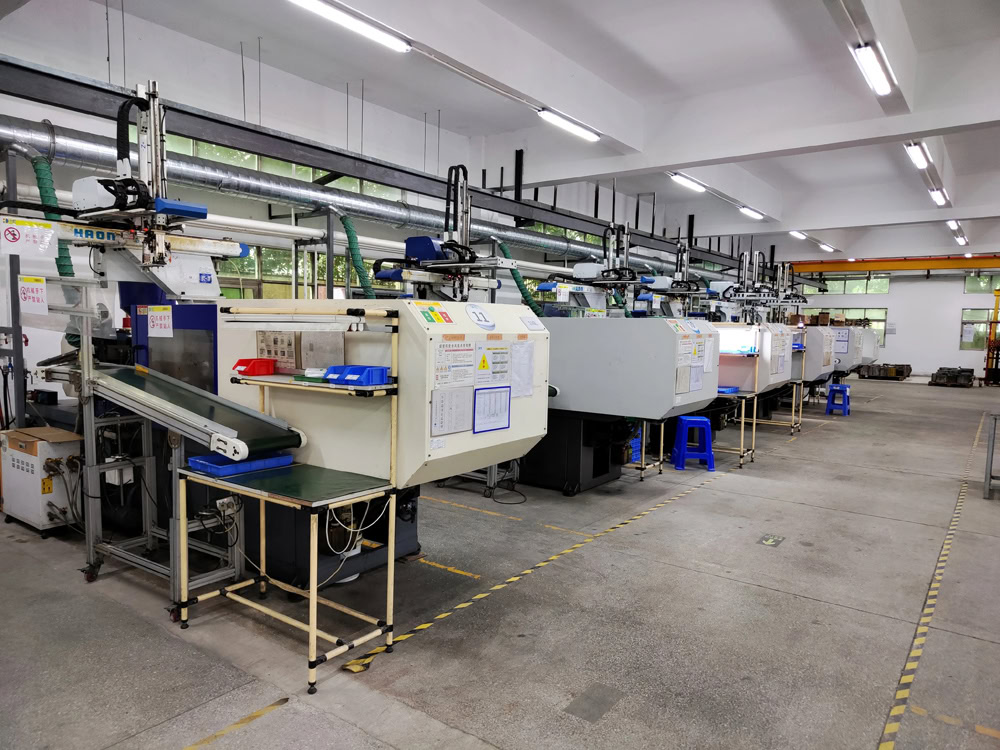
Finishing Services For Titanium Medical Parts
Finishing services give titanium medical parts new properties without changing their matrix, such as improving wear resistance, promoting cell adhesion, etc. These performance improvements are of vital importance to extending the service life of medical parts, reducing the risk of infection, improving treatment effects, and ensuring the safety and health of patients.
Polishing
Polishing is a method of reducing the surface roughness of titanium medical parts and improving the surface finish through CNC grinding and lapping. Common polishing methods include mechanical polishing, chemical polishing and electrolytic polishing.
The surface roughness Ra after polishing can reach 0.01-0.1μm, which can not only improve the appearance quality of the parts, but also reduce the possibility of bacterial adhesion and corrosion, and improve the biosafety and corrosion resistance of the parts. For example, polishing on the surface of artificial joints can reduce the friction coefficient of the joints, reduce wear, and increase the service life of the joints.
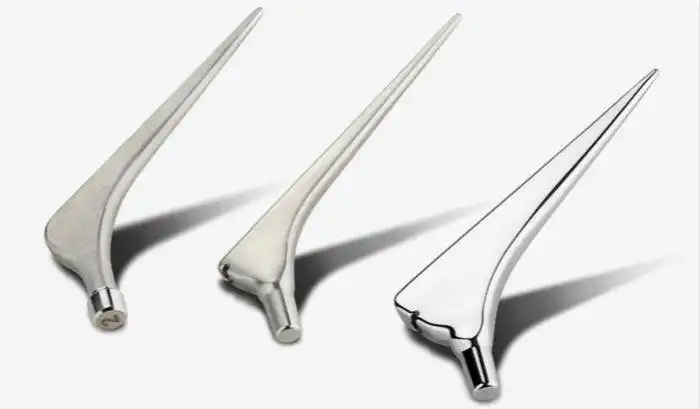
Sandblasting
Sandblasting is a process that uses high-speed abrasives (such as aluminum oxide, silicon carbide, glass beads, etc.) to impact the surface of titanium medical parts, causing tiny bumps on the surface, thereby changing the surface morphology and roughness. The surface roughness Ra after sandblasting is generally 0.5 – 2.5μm.
The femoral stem of the hip joint after sandblasting can increase the surface roughness, promote the growth of bone tissue, and improve the bonding strength between the implant and bone tissue.
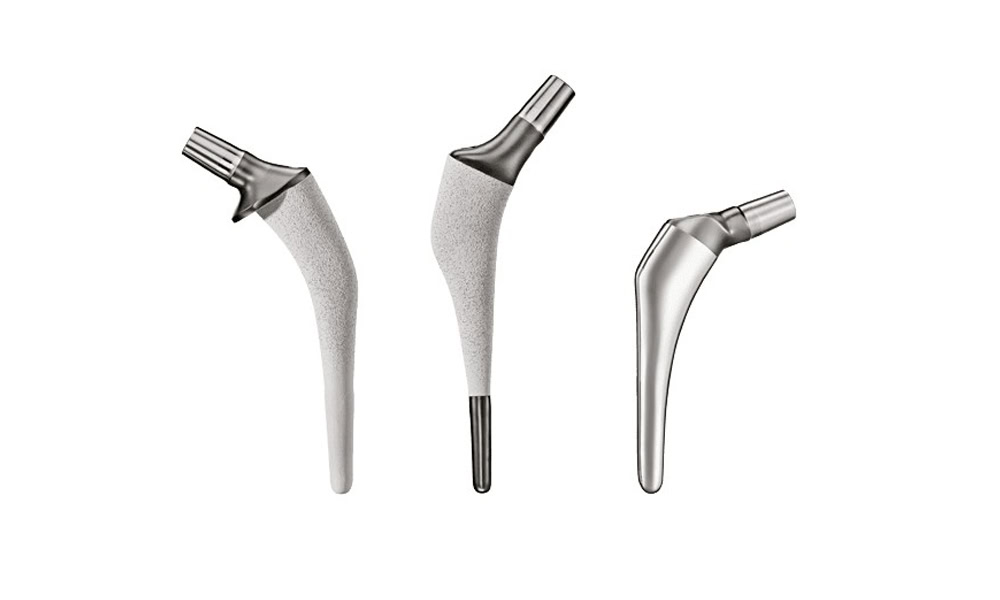
Anodizing
Anodizing is a process that causes oxidation reaction on the surface of parts to form an oxide film. The thickness of the oxide film is generally between 1-10μm, with high hardness, which can effectively protect parts from corrosion and wear. Anodizing is widely used in surface protection and decoration of titanium medical parts. For example, anodizing the surface of titanium alloy artificial knee joints can not only protect the joints from corrosion by body fluids, but also promote the adhesion and proliferation of bone cells, and improve the stability of the joints.
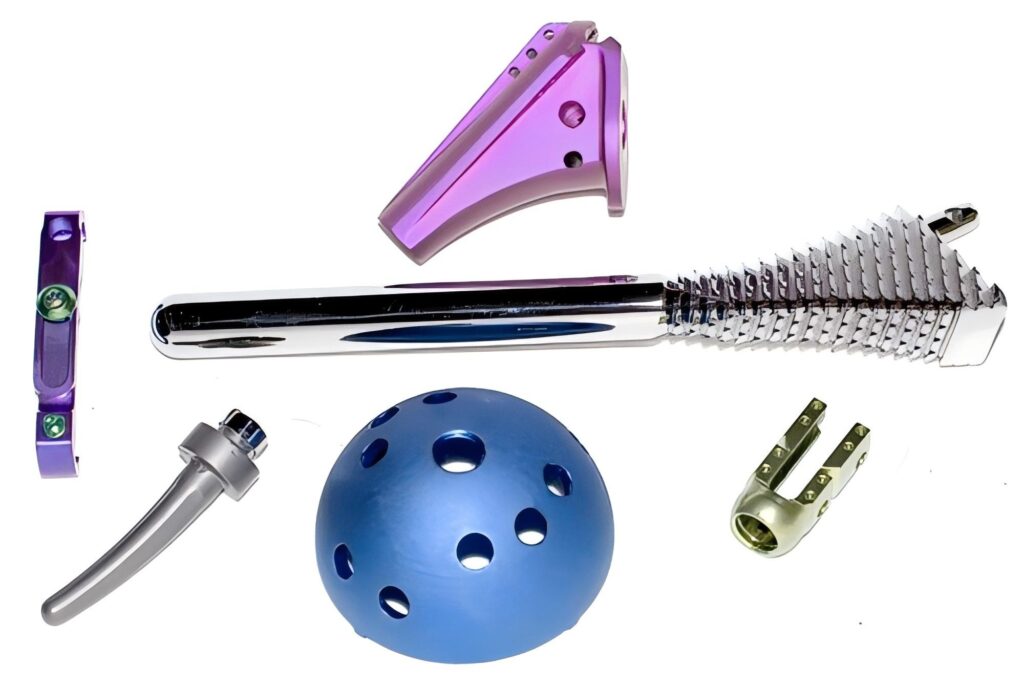
Micro-arc oxidation
Micro-arc oxidation refers to the process of applying high voltage in the electrolyte to generate micro-arc discharge on the surface of titanium medical parts. Under the action of instantaneous high temperature and high pressure, the metal on the surface is converted into a ceramic oxide film. The oxide film has higher hardness, wear resistance and corrosion resistance. Its thickness is generally between 10-100μm and it is firmly bonded to the substrate. The surface of the micro-arc oxidation film has a porous structure, which is conducive to the attachment and growth of cells and improves the biocompatibility of implants. Micro-arc oxidation is used in artificial joints, dental implants, etc.
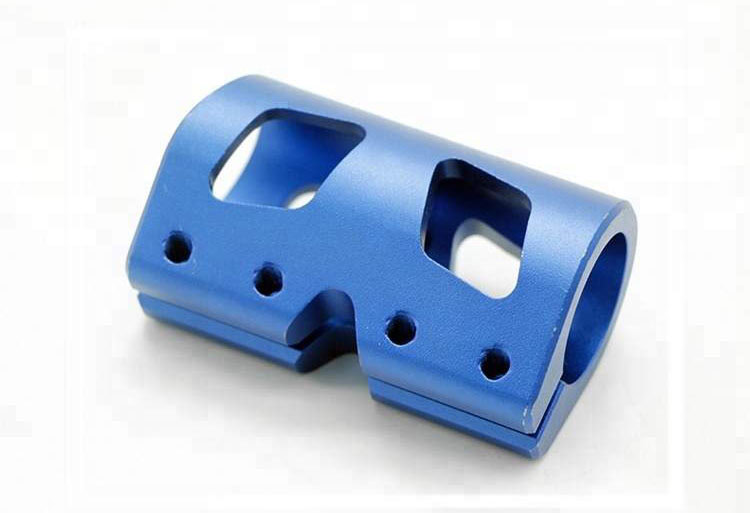
Conclusion
Wstitanium is able to manufacture titanium medical parts of different types and complexity. CNC machining, with its high precision and high flexibility, excels in manufacturing medical parts with extremely high dimensional accuracy requirements, such as precision parts for surgical instruments. 3D printing can easily achieve complex structures and personalized customization, and has irreplaceable advantages in manufacturing artificial joints with porous structures and personalized dental implants. Powder metallurgy and metal injection molding have significant advantages in low-volume manufacturing and complex-shaped titanium medical parts.